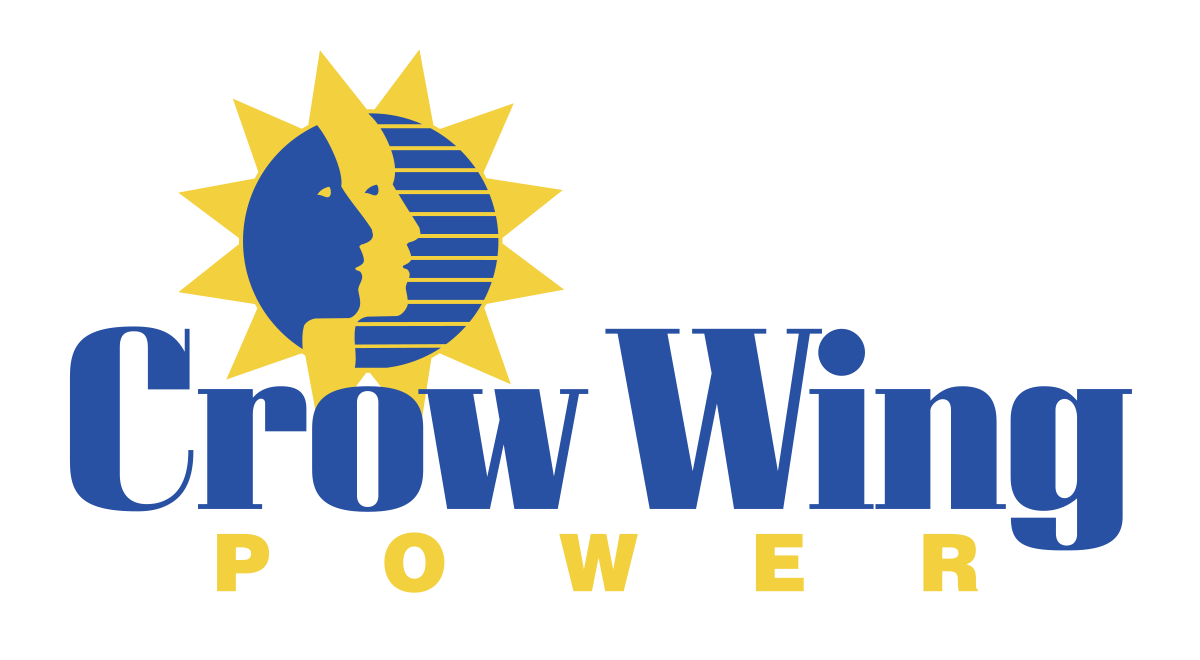Written By: Char Kinzer
In today's market, electric battery-powered yard tools offer an impressive variety of sizes and power options that can be overwhelming when trying to figure out what will work best for your specific yard needs.
Last year, I bought a battery-powered leaf blower that came with a 56 volt, 5.0 Ah battery and offers 530 CFM, 110 Mph power. At the beginning of summer, when my gas rider had carburetor problems on a holiday weekend, I bought a 21” self-propelled walk behind, variable-speed lawn mower that came with a 56 volt, 6.0 Ah battery that’s interchangeable with my blower.
As someone without an engineering background, I needed to understand the basics of batteries and power to know what would work best for me, so I’ll share a little Battery and Power 101 to help jump start this conversation.
Battery Voltage: Understanding the Heart of Power
Voltage is typically a measure of the number of individual battery cells in a battery pack. For instance, when comparing a 40V battery pack to a 20V one, the 40V pack generally contains more cells, which means more power capacity.
Battery Amp Hours (Ah): The Hidden Treasure
The Amp hours (Ah) rating of a battery reveals the amount of charge it can store. However, this rating alone doesn't tell you how much total power your tool can deliver. To gauge that, you need to consider the battery's watt-hour rating, which is calculated by multiplying Voltage (V) and Amp Hours (Ah). For example, 56V x 6.0 Ah = 336 Watt hours. Think of it as the size of your gas tank - more watt hours mean more runtime.
In my case, my mower's 6.0 Ah battery is rated to work for approximately 45 minutes and the leaf blower for twice that duration, depending on various factors like speed settings and material conditions.
Factors Influencing Performance-
Several factors affect the performance of battery-powered yard tools:
Variable Speed: The ability to adjust the tool's speed comes in handy and will affect runtime. Need a quick turbo boost, or are you dealing with wet and heavy materials?
Terrain: Hills and obstacles will use more power in the case of a lawn mower.
Lights: Some tools come with built-in lights that when used would shorten battery life.
Leaf Blower CFM and MPH: Choosing the Right Tool
When it comes to leaf blowers, understanding CFM (Cubic Feet per Minute) and MPH (Miles per Hour) is essential. CFM measures the volume of air a leaf blower can produce in a minute, indicating how much space it can clear. A higher CFM is better for larger areas.
On the other hand, MPH measures the airspeed, determining how far the air can push debris. High MPH is ideal for moving heavy objects, while low MPH is better for dust and lightweight debris.
Noise Levels: Check the ratings
My leaf blower is rated at less than or equal to 65 decibels (db) on average but the turbo button pushes that level to about 90 db according to some reviews that also pointed out normal conversation is between 50 and 65 db. My lawn mower is extremely quiet and neighbors don’t even know when I’m mowing my yard.
Brushless vs. Brush Motors: Efficiency Matters
Lastly, consider the motor type. Brushless motors are known for their energy efficiency, often running on battery power for up to 50 percent longer than brushed motors. Brushless motors don't have brushes that create friction, leading to a longer battery life.
I’m really pleased with the battery-powered equipment I have. The ease of use is a personal bonus for me and I’m looking forward to my next purchase plans for a chainsaw for smaller trees and limbs, and a snow blower or sweeper for my sidewalk and patio.
Disclaimer: Crow Wing Power assumes no responsibility or liability for any errors or omissions in the content of this site. The information contained in this site is provided on an "as is" basis with no guarantees of completeness, accuracy, usefulness or timeliness.
